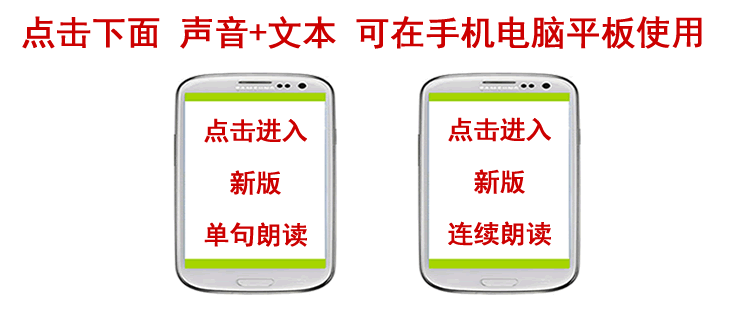横滨英语 第 13 课:Flower arranging and tea ceremony Flower arranging 插花
Flower arranging, or ikebana, is well known as a part of Japanese culture. This Japanese form of flower arranging evolved during the Heian period (794 to 1192)as an art form. Ikebana and tea ceremony were considered two essential skills that every woman needed to study before getting married. Now ,they are only for those who happen to be interested. 插花是日本文化中闻名遐迩的一部分。插花作为艺术形式发展于平安时代(794~1192)。第二次世界大战结束以前,插花和茶道是单身女性结婚前必须学习的教养科目。现在只有有兴趣的人才学习。
There are various schools of the ikebana art, including Ikenobo, Ohara, and Sogetsu-ryu. Inside a vase, a spiked frog is placed to keep the flowers stems standing. Ikebana has now spread to other parts of the world. 插花有许多流派,如池坊派、小原派和草月派等。插花中为了让花茎在花瓶中固定住,要使用“剑山”。现在海外也有很多女性开始学习插花。
Tea ceremony 茶道
The tea ceremony is a complicated form of etiquette and hospitality, formed into an art in the 16th century by a man named Rikyu. The tea ceremony is a form of aesthetic enjoyment, especially popular with women. Some junior high and high school students also join tea ceremony clubs, considered a good way to learn etiquette and manners. 茶道的礼节和招待方式都非常复杂。16世纪的利休将茶道发展成为一门艺术。茶道可以说是一种美的娱东,在女性中间特别受欢迎。初、高中的学生中还有人参加茶道部,这对学习茶道的礼仪很有帮助。
When the tea is served, there are strict procedures established for drinking is. First, the teacup is picked up off the mat, and then it is turned clockwise two or three times. After a sip is taken, the cup is turned the other direction and put back down. While a light tea called sencha is the daily tea, a thicker tea called macha is used in the tea ceremony. 茶端出来以后,必须严格遵守饮用的步骤。首先把茶碗拿在手里,顺时针转两或三圈。喝完茶以后再逆时针转一下碗,放下来。茶道中使用抹茶,但日常生活中喝得更多多的是煎茶。

